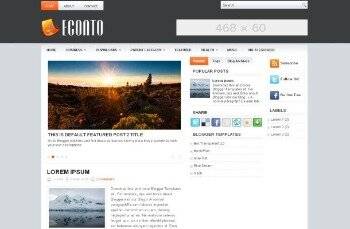
Titled the LIFT the Middle Class Act, or Livable Incomes for Families Today, the measure would have cost at the time an estimated $3 trillion over 10 years. If you have a Wells Fargo checking account, you can use your debit card to access funds in your savings account. When used together with other financial documents, the balance sheet and P&L statement can be used to assess a company’s operational efficiency, year-to-year consistency, and organizational direction.
- In such situations, it’s essential to investigate the cause of the balance and take appropriate actions to resolve any discrepancies or errors in the accounting records.
- Yes, your Way2Save Savings funds are FDIC-insured up to the maximum applicable limits.
- When you create a company file in QuickBooks for the first time (it’s the most frequent scenario, as mentioned), the OBE account is automatically generated to ensure that your accounting records are balanced from the start.
- Optional Overdraft Protection– use your Way2Save Savings account to help protect your linked Wells Fargo checking account from overdrafts.
- For example, if you’re starting a new period with a negative opening balance, you might need to reduce your spending for the next period.
- This includes withdrawals, transfers, or any other transactions that decrease your account balance.
Nearly all of Maui has been open
Though both of these are a little oversimplified, this is often how the P&L statement and the balance sheet tend to be interpreted by investors and lenders. Generally, expense accounts get closed by the end of every accounting year and their balances are not carried forward to the next accounting period. To adjust the opening balance of the bank account, the balance of this account will now be temporarily set to $100.

Balance Sheet 101: Understand Opening Balance Equity Accounts
- Still, you create accounts for your assets, liabilities, and equity and enter initial balances.
- For instance, if she spends $500 on new materials for her jewelry designs, she subtracts this amount from her ledger balance at the end of the business day, leaving her with $4,500.
- Similarly, the abbreviations C/D (carried down) and C/F (carried forward) may appear alongside your closing balance, referring to the fact that the figure will be carried forward to the next accounting period.
- When these new accounts are established, it is necessary to adjust the Opening Balance Equity to allocate the correct starting balances.
- By incorporating the ledger balance into your financial management routine, you gain greater control over your budget and ensure smoother financial operations.
The Opening Entries is the balance sheet amount which is brought forward at the beginning of an accounting period from the end of previous accounting. The opening balance consists of Assets, Capital & Liabilities of the company brought from previous year’s Balance sheet. Assume an asset account, such as a checking account, with a balance of $100 is added to accounting software. Another account must be affected by $100 in order for your balance sheet to be balanced.
Managing Bad Debt Write-Offs in Financial Reporting

The more you understand your opening and closing balances, the more valuable they’ll become. They’re a way of regularly checking the financial status of your business and a signifier what is opening balance of how well everything is going so far. You can gain insights that can open up new growth opportunities or get a warning signal if things aren’t going as well as hoped.
- Capital is shown Right Hand Side on the Ledger account and they are represented with the insertion “By” for recording all the credit side entries in a ledger.
- Accounting adjustments are essential for ensuring the accuracy of the opening balance and, ultimately, the company’s financial statements.
- Opening balance equity is the offsetting entry used when entering account balances into the Quickbooks accounting software.
- Opening Balance Equity accounts show up under the equity section of a balance sheet along with the other equity accounts like retained earnings but may not show up on the opening balance sheet if the balance is zero.
- This scrutiny is part of the process of establishing a solid foundation for the company’s financial records.
Setting up your business accounting in QuickBooks (or other accounting software) for the first time, it’s likely that you may not have encountered an opening balance equity account yet. The opening balance equity account typically does not appear on financial statements like the balance sheet, so you might be unaware of its existence. It represents the amount of money a business had at the start of an accounting period. It serves as a starting point for assessing the company’s financial position and performance during the accounting period.

Shareholder equity is equal to a firm’s total assets minus its total liabilities. It is one of the most common financial metrics employed by analysts to determine the financial health of a company. The balance sheet shows a company’s resources or assets and how those assets are financed—whether through debt under liabilities or by issuing equity, as shown in the shareholder equity section. Generally, income accounts get closed by the end of every accounting year and their balances are not carried forward to the next accounting period. According to modern rules of accounting when there is an increase in the value of the asset the particular asset account gets debited and vice-versa.






